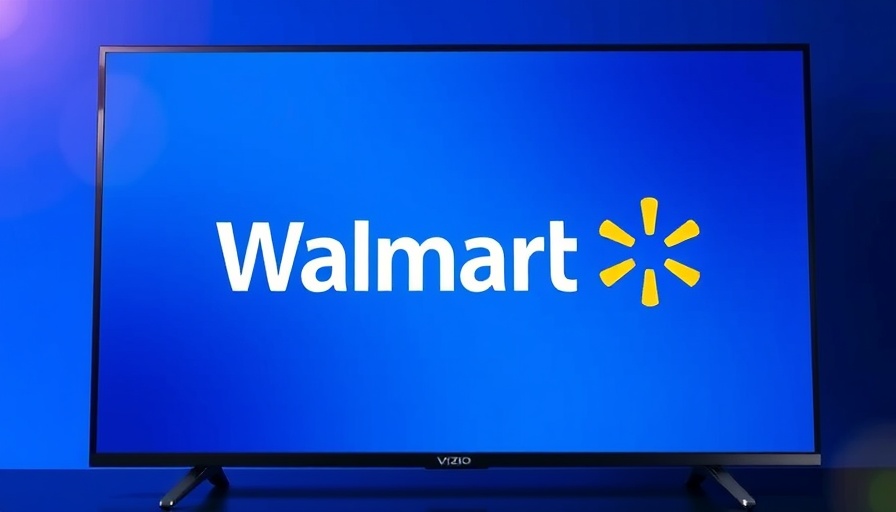
Walmart’s Ambitious Move in the Advertising Landscape
Walmart is positioning itself as a major player in the advertising sector with its recent acquisition of Vizio for $2.3 billion. This strategic purchase marks a significant step in Walmart's plan to leverage the intersection of retail and media by utilizing advanced shopping data to target advertisements on Vizio smart TVs. With the rise of Retail Media Networks, this move indicates an intention to capitalize on the increasing overlap between consumer behavior data and direct advertising efforts.
Advertising Minimums and What They Mean
As Walmart gears up to launch its Vizio ads, it has been reported that the retailer may implement minimum advertising spend requirements of $200,000, prompting discussions among advertisers about the implications of such a high entry threshold. This move could potentially limit participation to larger brands with substantial advertising budgets, reshaping the competitive landscape.
Utilizing Data for Targeted Advertising
Walmart's strategy involves harnessing valuable shopping data to create tailored advertising experiences on Vizio platforms. This approach allows for a seamless connection between what consumers watch and what they purchase, potentially enhancing ROI for advertisers. As traditional advertising models evolve, the shift toward data-driven strategies reflects broader industry trends where personalization and precision are key.
The Future of Retail Media Networks
With giants like Walmart entering the fray, the future of Retail Media Networks looks promising. These networks, which allow retailers to monetize their digital platforms by selling ad space, are becoming essential tools in the arsenal of branded marketers. As Walmart embarks on testing its Vizio ads, it is anticipated that the insights gained will not only optimize their offerings but also influence industry standards for data usage in advertising.
Competitive Dynamics in Advertising
The introduction of Walmart's Vizio ads could significantly shift the dynamics within the advertising sector, particularly for tech-savvy brands that prioritize data-driven strategies. Competitors may need to adapt quickly to this new landscape to maintain their market shares. Brands will be watching closely to see how effectively Walmart can integrate its retail prowess with Vizio's platform to drive results.
Decisions Marketers Need to Consider
For executives in mid-sized to large companies, the implications of Walmart's new strategy extend beyond mere observation; they pose critical questions. How can brands leverage their ad budgets more effectively? Is $200,000 a justified threshold for entry, and what benefits could be derived from participating in Walmart’s plume of new advertising opportunities? These considerations will become vital as the beta phase for Vizio ads rolls out in the coming months.
The intersection of retail and advertising is rapidly evolving, and Walmart's initiatives may well dictate new norms within the sector. As such, companies keen to stay ahead must remain agile and informed about these significant changes.
 Add Row
Add Row  Add
Add 




Write A Comment